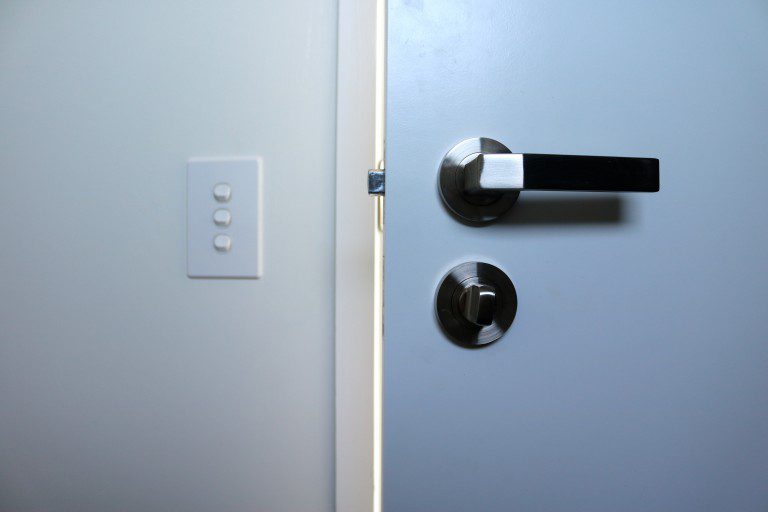Future-proofing your home for retirement

If you plan to retire at home, it’s worth considering that the living spaces you’ve grown to love may not be the most suitable for life in your golden years
Retiring at home is a popular choice for many Kiwis, with benefits including the maintenance of important social connections and the security of a permanent dwelling. However, if it hasn’t been future proofed*, then a dream home retirement can quickly become something very different.
Geoff Penrose is the general manager of Lifemark, which specialises in designing homes for the elderly and mobility-impaired. He says there are several key points people planning to retire at home should consider.
“Having a single-storey house is ideal; otherwise, they should make sure to have at least a bedroom and bathroom on the ground floor to reduce the risk of falling or slipping on stairs,” says Geoff. “Being close to shops and medical care, as well as having good footpath access, can also help make life considerably easier in retirement.”
Within the home itself, Geoff says people should consider improved lighting as we need three times more ambient light at the age of 70 than we do at 20 – along with slip-resistant floors, wider doors, walk-in showers, higher toilets and lower beds.
“The small details are important. It’s much easier to use lever door handles and taps rather than knobs, and switches and power points should be placed at convenient heights away from corners for easier access,” says Geoff.
“In the kitchen and storage areas, drawers are better than cupboards.”
Spreading the cost
The Lifemark principles are based on the concept of Universal Design (UD), which is the idea that spaces should be designed so they can be used by the widest range of people possible.
Research conducted by the Building Research Association of New Zealand found that, in 2011, the cost of incorporating essential UD features into an existing 150-200m2 house was around $14,000. However, the work doesn’t all need to be done at once and can completed incrementally in the lead-up to, and even during, retirement.
For cash-strapped, asset-rich retirees, a Heartland Reverse Mortgage is a simple way to raise the necessary capital for a range of home improvements.
For 84-year-old high-flyer Jan <>, replacing her frayed carpet that presented a serious trip hazard was an added bonus after she took out a reverse mortgage to pay a large vet bill. For Ashburton couple Bill and Margaret, renovating their bathroom to make it easier to maneuver was part of the reason they took out a reverse mortgage and they are loving the result.
Geoff says no matter what age people are, it’s worth taking note of potential improvements that could make life easier. However, he says it’s important to remember that not everything is DYIable – when carrying out future-proofing renovations, it’s important that you use appropriately skilled designers and tradespeople.
* Visit http://www.lifemark.co.nz/partners-and-products for a list of accredited Lifemark partners, it’s also worth taking the Lifemark Homescore quiz to find out if your home is retirement ready or not.

How can we help?
If you are new to Heartland and wish to apply for a Reverse Mortgage, please select apply here.
If you already have a Reverse Mortgage and wish to draw funds from an existing account, please apply here.